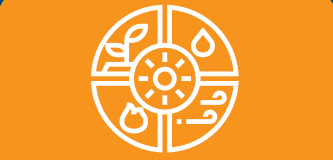
Historically, many of the natural resources managed in rural areas by local people have been obtained by the government for public use in urban areas and other regions (e.g., water), for recreational use (e.g., via national or state parks), or for leasing to private interests (e.g., drilling or solar and wind farms). In addition, large private corporation purchasers (often with government support) obtain or lease land for many of the same uses, plus for development, and more recently, to obtain non-carbon reducing carbon credits. Not only does this remove the wealth-producing ownership of these natural resources from local control, but the immediate and long-term value that rural people created by maintaining the resources over many decades is rarely taken into account.
Shifting this balance of power to recognize the importance of local control, ownership, and benefit with a focus on long-term sustainability is important to ensuring local wealth creation and regional prosperity in rural places.
BUILDING BLOCK EVIDENCE
Evidence indicates this building block is important because of the long-term undervaluing of the benefits accrued to humans through healthy natural ecosystems, the environmental and human harm caused by decision-making that does not accurately account for the cost of loss of healthy natural ecosystems, and the failure to recognize and compensate people and communities that steward natural ecosystems in rural and other areas.1,2
Natural ecosystem services are “the benefits people get from ecosystems”.2(pv) The goal of the UN-led Millennium Ecosystem Assessment (MEA), a comprehensive effort that involved 1300 authors from 95 countries with 36 study sites, was to assess the current status of ecosystem services across the world and provide guidance on conservation.3 The MEA categorized ecosystem services into different functions – supporting (soil formation, photosynthesis, etc.), provisioning (food, water, fuel, etc.), regulating (climate, flood, etc.), and cultural (spiritual, aesthetic, recreation, etc.) – and explored ways to assess the value of those services. The MEA also modeled links between ecosystem services and domains of well-being, including security, basic materials for good life, health, good social relations, and freedom of choice and action.2(pvi) The MEA found that humans have caused rapid and, in some cases, irreversible changes in natural ecosystems from 1950-2000 and that 60% of the services provided by natural ecosystems identified in the study were degrading or being used at unsustainable levels. Economic gains have come from the use/misuse of natural ecosystems. Marginalized populations, including people living in poverty, are disproportionately impacted by environmental degradation2 and often have less say in how the ecosystems are managed.
Understanding the costs and benefits of ecosystem services requires a mechanism for assigning a value to different services and their stewarding.1,4 For example, the US National Wildlife Refuge System estimated the value of the Refuge System as $26.9 billion/year by assigning value based on the number of acres, type of land cover, and the range of ecosystem services the land provides, including climate regulation, habitat preservation, and freshwater supply.5 In a more recent study, the Refuge System assigned economic value to the carbon storage that their wetlands provide.6 The MEA emphasizes the value of local and indigenous knowledge and suggests people should be compensated for their knowledge and resources, as understanding local ecosystems is key for stewarding them and often is ignored in large-scale development.1 Other models incentivize sustainable practices on privately-owned land, for example, an initiative that incentivized sustainable forest management in Mexico reduced deforestation by 46-50%.7 The valuation of ecosystem services and those who steward them is not without challenges, as market-driven and private property models do not adequately accommodate for public goods shared in common.1,8
One approach to value the knowledge and labor of rural communities in stewarding natural resources is shifting power away from external governmental or corporate entities to models of community-owned or community-managed common natural resources. In response to the influential assertion that ordinary community members lacked the capacity to manage their own shared natural resources and required private entities or government to control the resource, Elinor Ostrom and colleagues documented that, throughout the world, when certain practices and shared understanding are in place, community groups regularly manage their shared natural resources or common pool resources (rivers, fisheries, and forests).9,10 Practices that allow for collective management include shared purpose, fair and inclusive decision-making, authority to self-govern, equitable distribution of contributions and benefits, and may involve structures for navigating community property rights such as the Common Asset Trusts.8,10 Other studies have identified similar key elements for successful community management of shared natural resources, such as public participation, collaborative partnerships, communication and information dissemination, monitoring and feedback, and public trust.11
Curated Resources

Safe Drinking Water: Rural Economic Justice Case Study
Learn about the barriers rural communities face to accessing safe drinking water, and how they’re working to develop clean water systems.
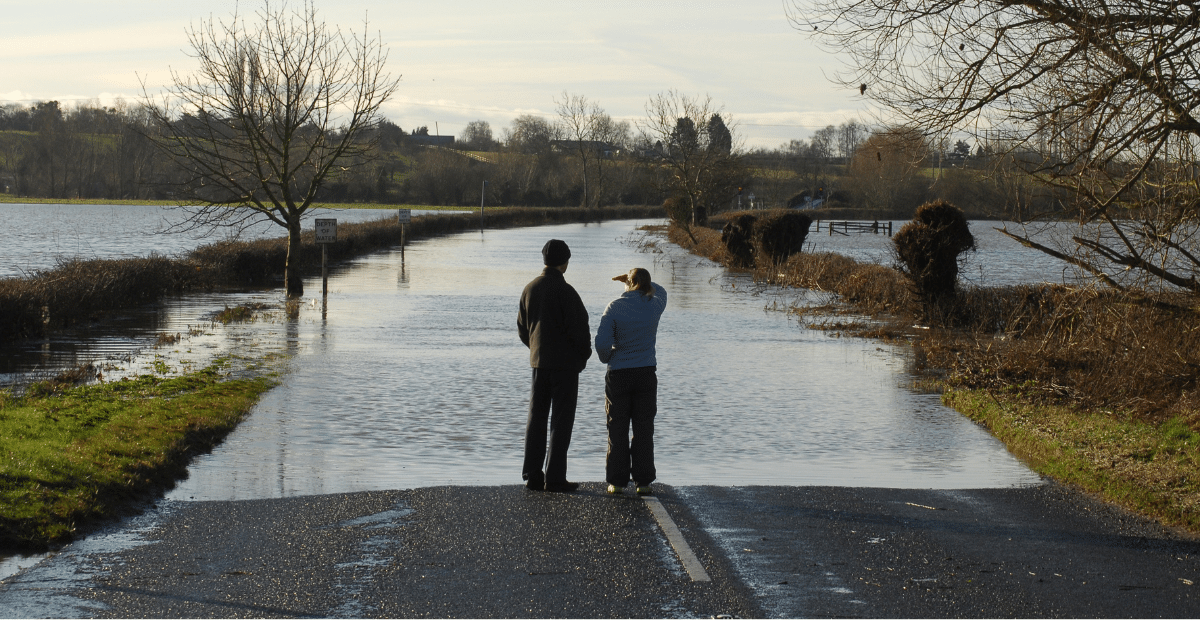
Rural Environmental Justice: Community Flooding Case Study
This short case study has insights and tips on addressing the causes and conditions contributing to flooding in rural places, as well as to envision and build thriving futures of equitable rural prosperity.

Growing Equitable Outdoor Recreation Economies
Discussion with rural leaders on the opportunity equitable outdoor recreation economies pose to rural areas.
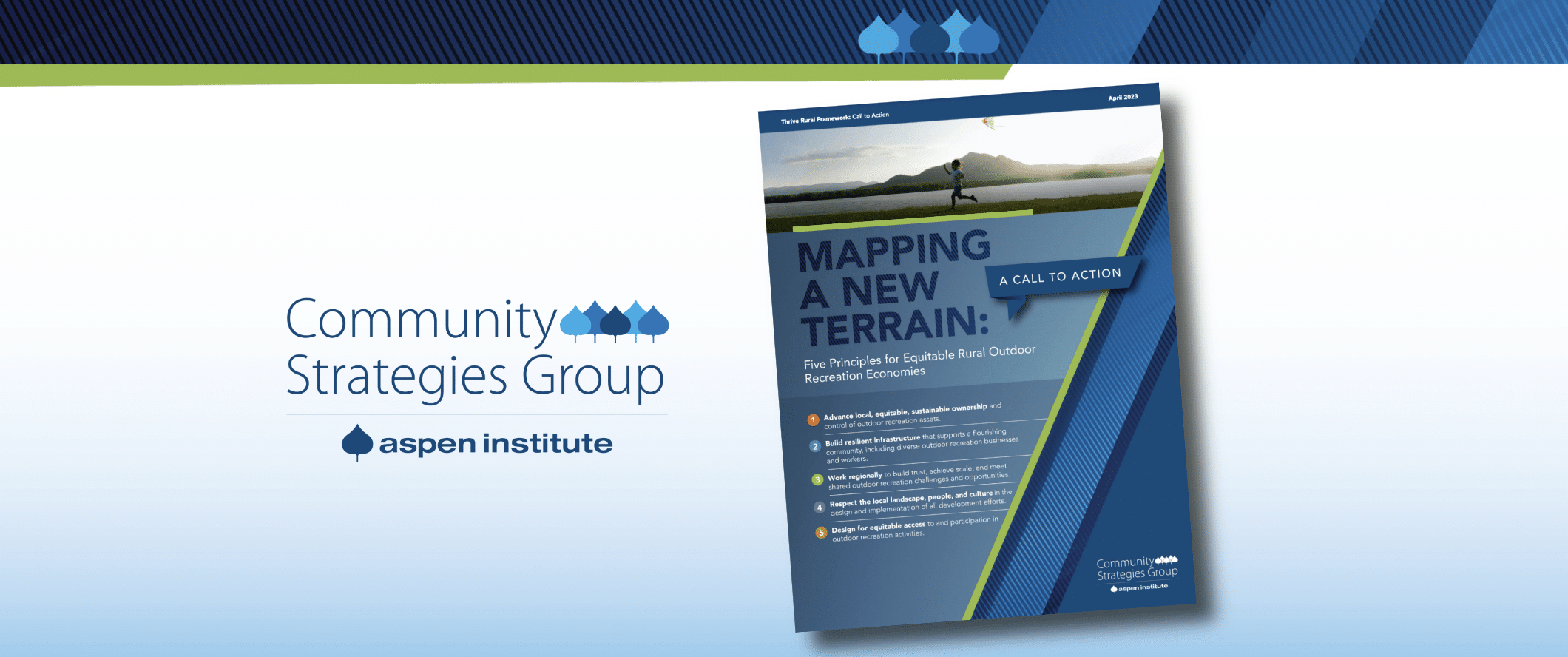
Mapping a New Terrain: Call to Action
As new rural outdoor recreation economies take root, we can meet this moment by improving how we do outdoor recreation development to better support rural families, businesses, and workers, create more sustainable and equitable economic systems, and improve local health and wellbeing.
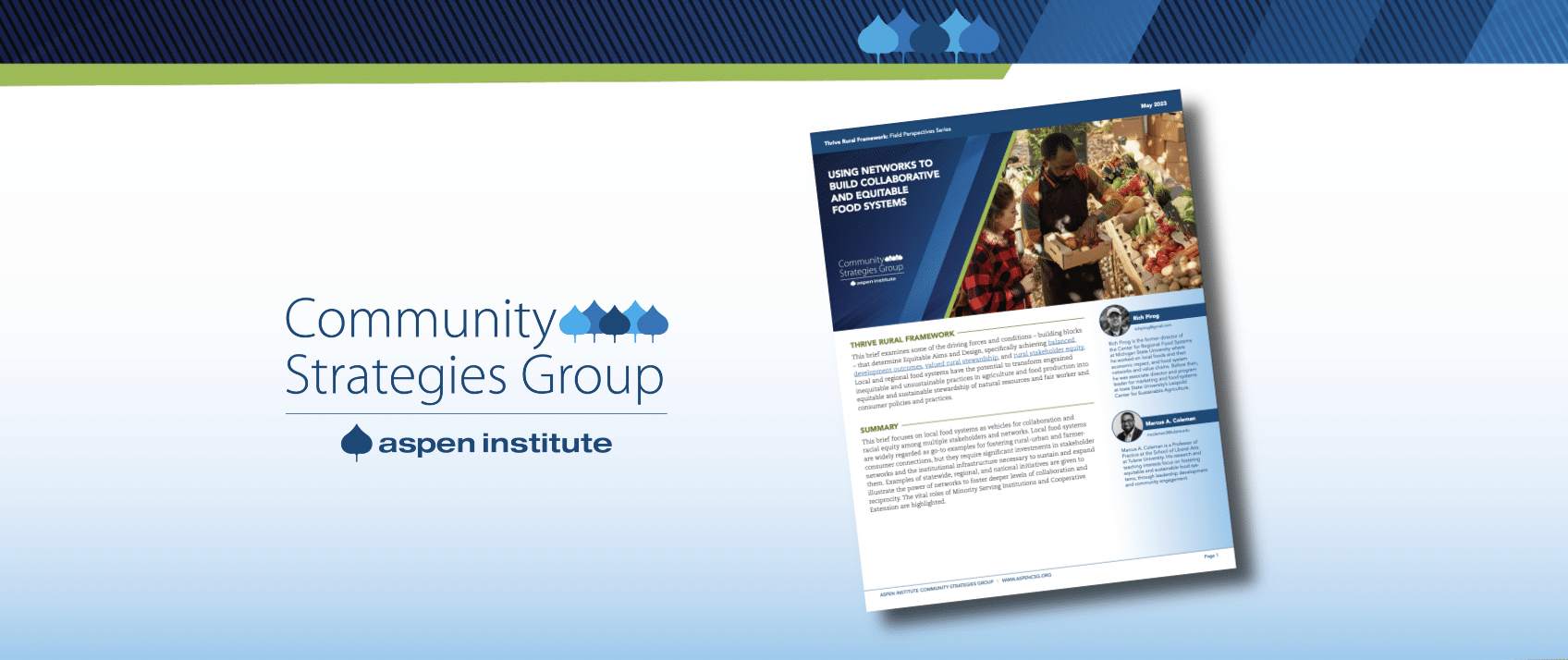
Using Networks To Build Collaborative & Equitable Food Systems
This brief focuses on local food systems as vehicles for collaboration and racial equity among multiple stakeholders and networks.

Rural Outdoor Recreation Economies: Challenges and Opportunities
Tourism and outdoor recreation are driving new opportunities for local communities in many rural places. Analysis of recent news articles and solutions shared with Aspen CSG by rural practitioners provide perspective on how to do economic development differently with rural recreation economies…
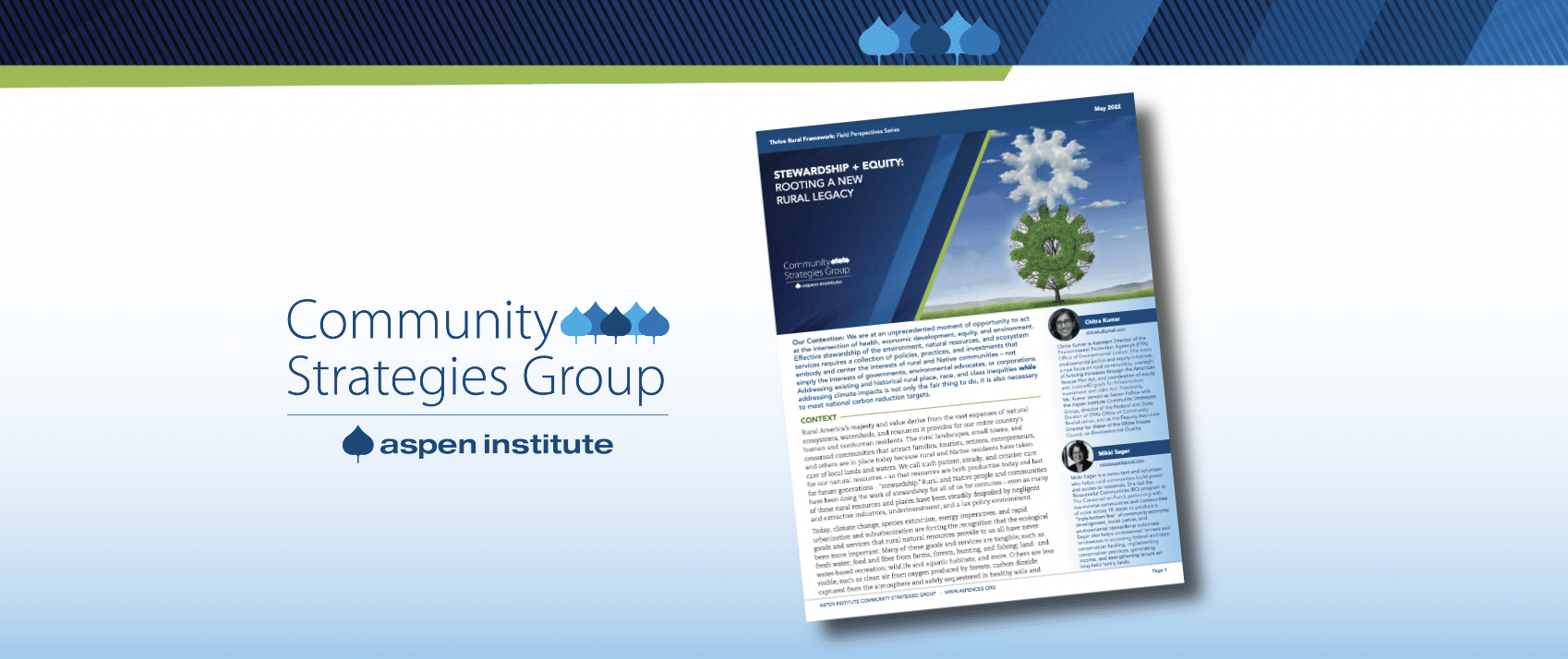
Stewardship + Equity: Rooting a New Rural Legacy
Rural and Native communities have been stewarding the land for generations. Many are developing new ways of growing nature and…

Stewarding Land and Growing Rural Prosperity
Rural and Native communities have been stewarding the land for generations. Many are using new ways of growing nature and…
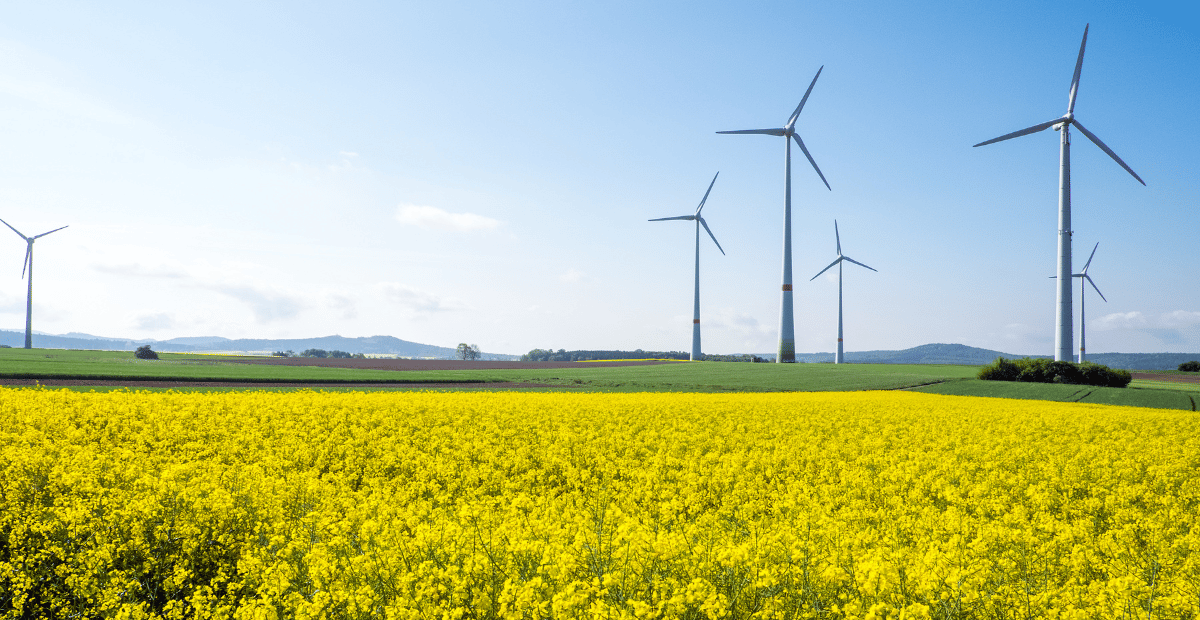
Rural Environmental Justice Practices & Resources
Practitioner insights and resources on rural environmental justice, including ideas on just and equitable energy transitions.
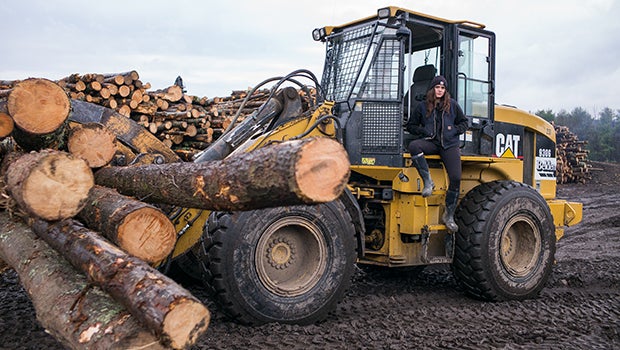
Climate Solutions for Rural Regions
A recent New York Times article detailed the climate-related pros and cons of using wood pellets for heating in the Southeast United…
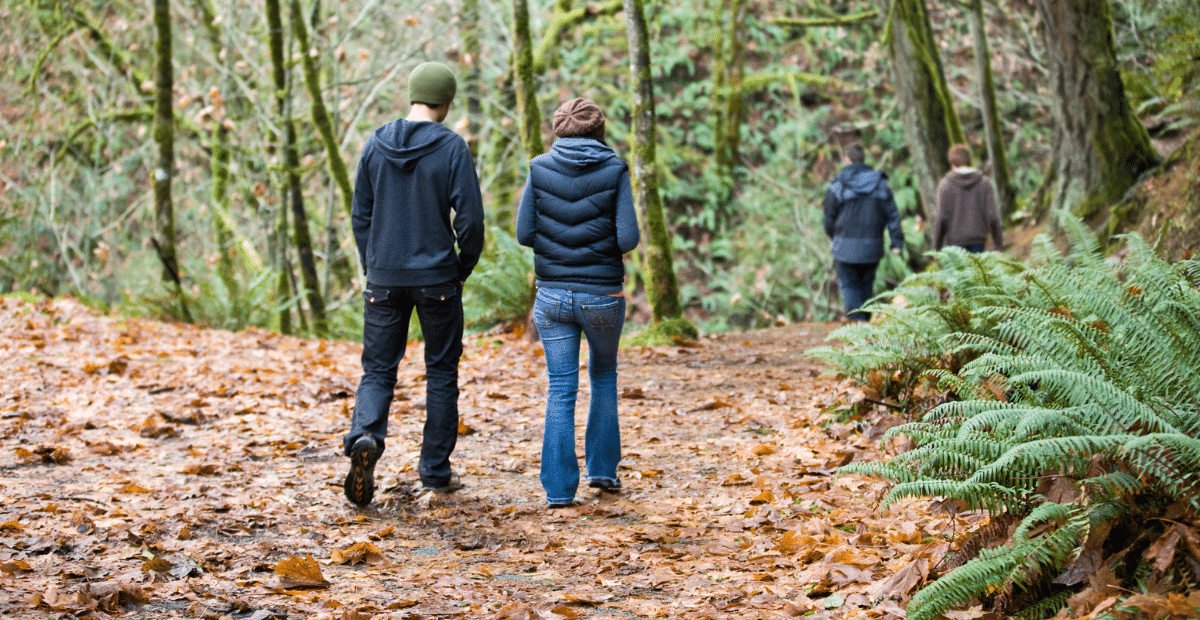
Collaboration and Innovation for a Better Rural West
Insights from rural leaders working across divided local public opinion, fractured economies, confusing policy and regulation, and litigation to forge productive local partnerships that benefit rural communities and their surrounding landscapes.
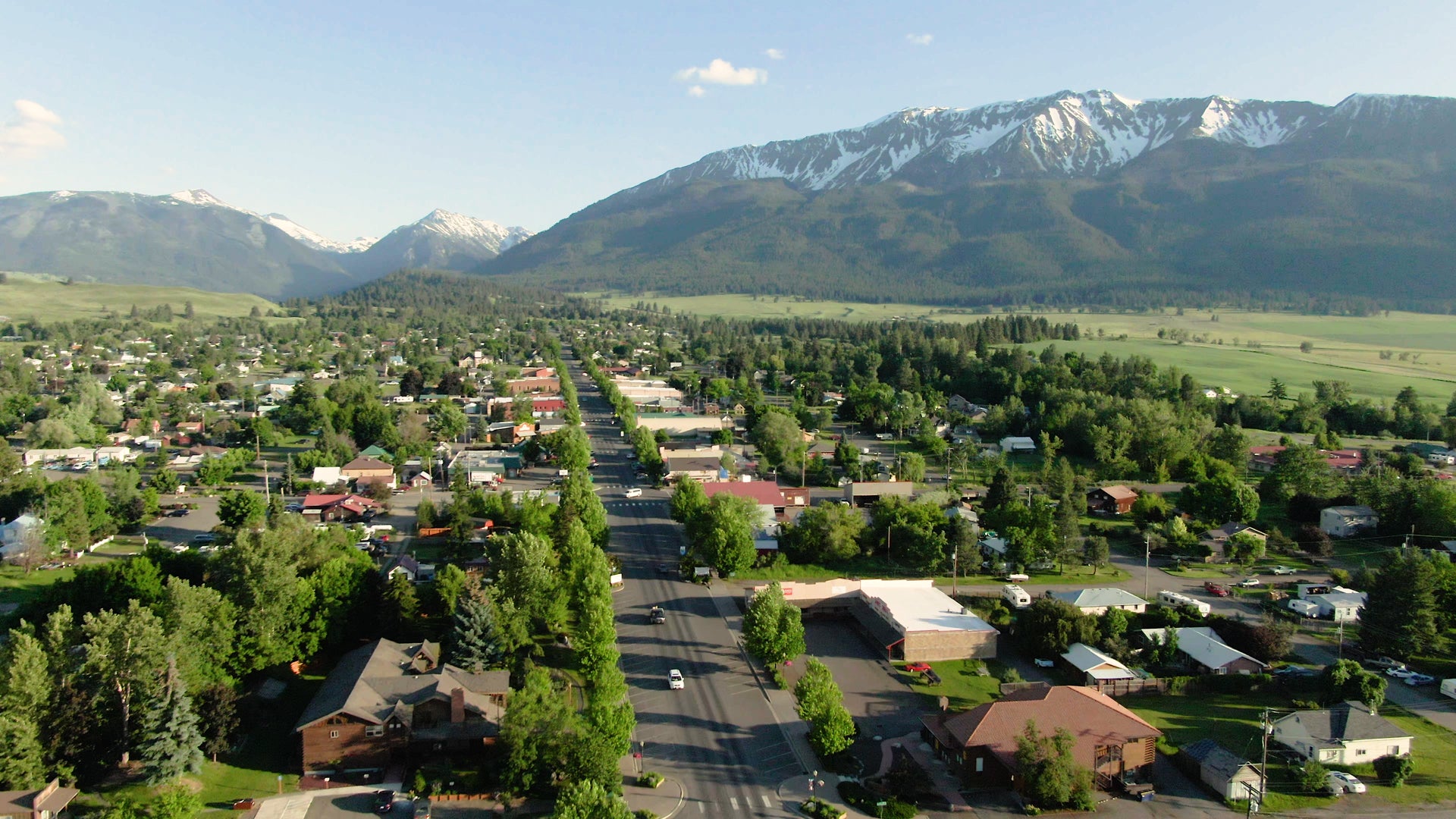
Tapping Rural Innovation for a Clean Energy Economy
Rural communities are integral to our nation’s economy, culture, history, and the environmental services that we all depend on. Yet…
Field Items

RESOURCES TO SUPPORT AFRICAN AMERICAN LAND RETENTION
Sustainable Forestry and African American Land Retention Network
Find out more about the SFLR network and the difference we are making on the ground for Black family landowners in the U.S. South through our videos and news stories. Share these videos on your channels and help us create a system of support for African American forest owners.

NORTHERN FOREST CENTER’S COMMUNITY FOREST RESOURCES
Northern Forest Center
The Northern Forest Center, in collaboration with partners across the region, has compiled this list of resources for landowners, community members, towns, and others interested in conserving and managing forested land for a mix of uses and community benefit.

RURAL VOICES FOR CONSERVATION COALITION LANDSCAPE TOOLS
Rural Voices for Conservation Coalition
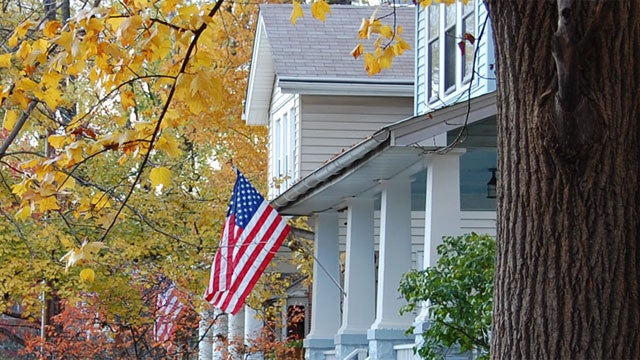
Grounded Solutions Network
Grounded Solutions Network
Resources on community land trust and strengthening neighborhoods from the Grounded Solutions Network.

Elinor Ostrom’s 8 Rules for Managing the Commons
The Earthbound Report
The EarthBound Report reflects on Elinor Ostrom’s research on the commons and list of principles for running the commons.
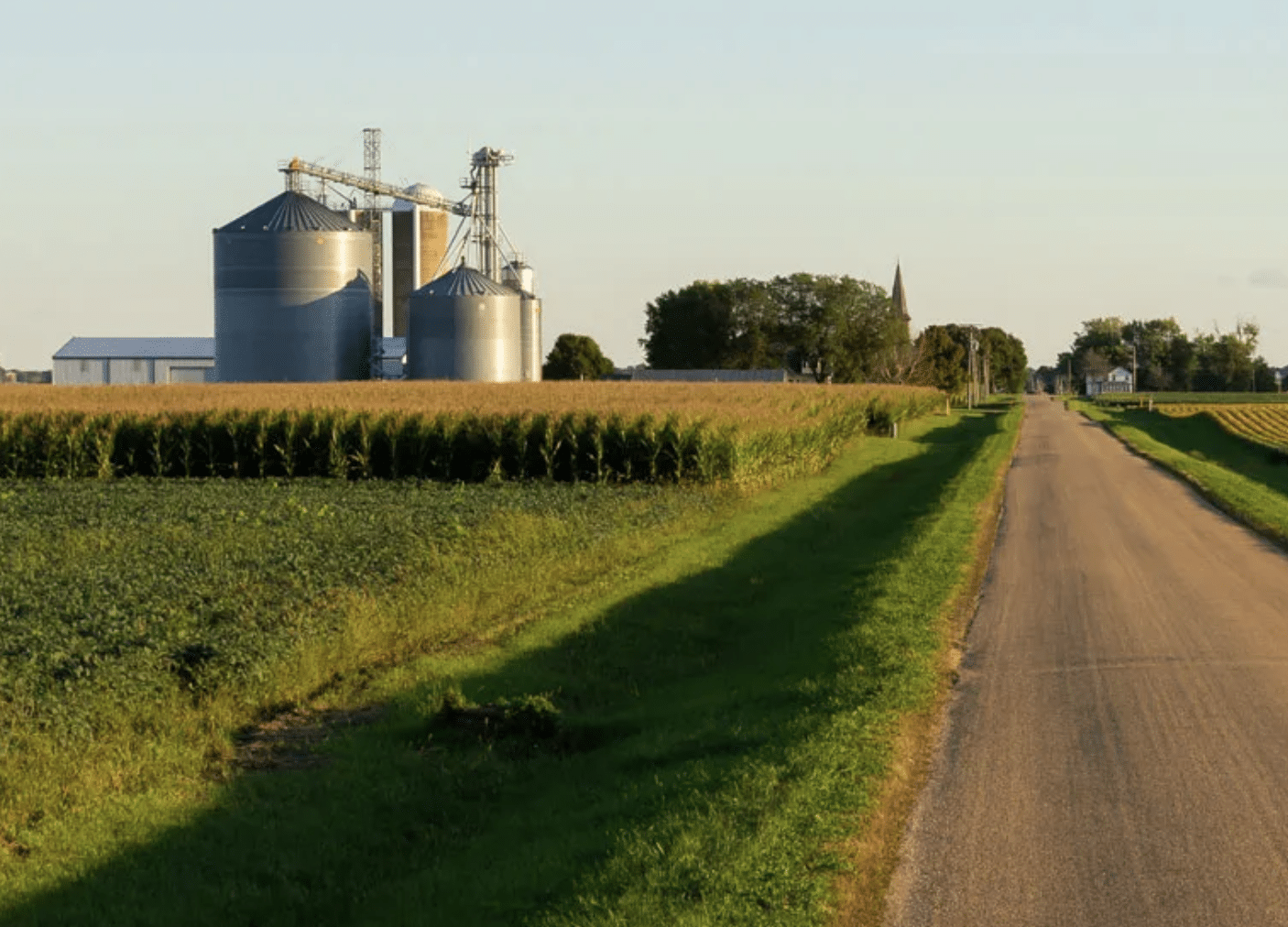
USDA Natural Resources Conservation Service
USDA
Programs and initiatives from USDA focused on conservation.

SMART GROWTH TOOLKIT FOR RURAL COMMUNITIES
United States Environmental Protection Agency
The EPA Smart Growth Self-Assessment for Rural Communities (2015) is a compilation of strategies, organized by 11 common “goal areas,” that villages, towns, and small cities can use to evaluate their existing policies to create healthy, environmentally resilient, and economically robust places.
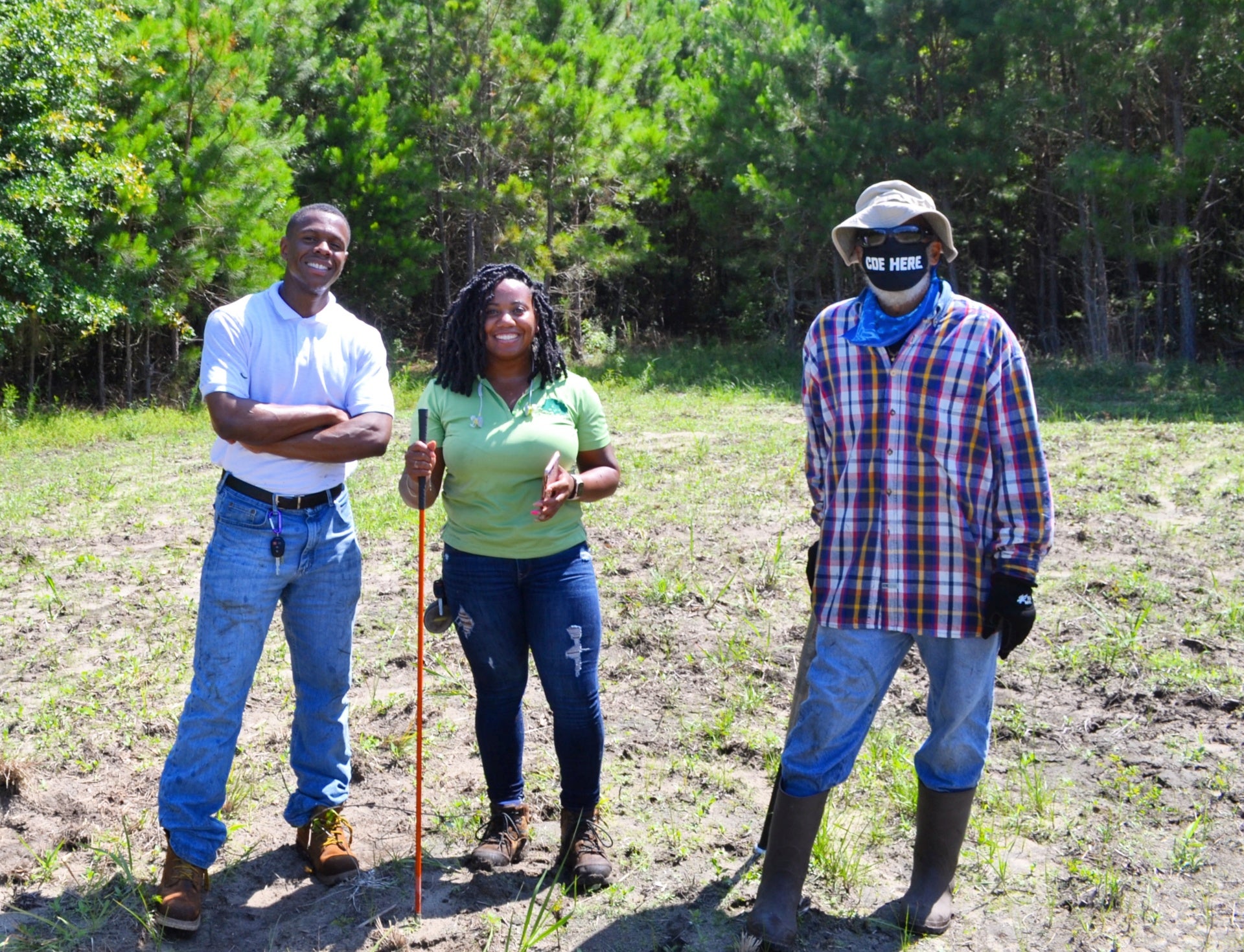
America’s Forests with Chuck Leavell
PBS
PBS features the nationally recognized and award-winning Sustainable Forestry and African American Land Retention (SFLR) program.
We see the framework as a living document, which necessarily must evolve over time, and we seek to expand the collective ownership of the Thrive Rural Framework among rural equity, opportunity, health, and prosperity ecosystem actors. Please share your insights with us about things the framework is missing or ways it should change.
